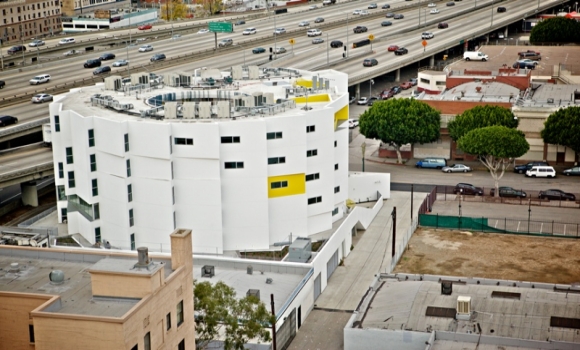Housing Colorado’s Homeless
(The following appeared in The Boulder Daily Camera, co-authored with Kyle Cascioli, February 27, 2011).
Governor John Hickenlooper has long been an advocate for Colorado’s homeless. As mayor of Denver Hickenlooper’s 2010 budget increased the amount that the city spent to support programs for the homeless. Last January the US Department of Housing and Urban Development chipped in, awarding $18.6 million to Colorado homeless-assistance programs in order to keep them functioning in 2011. HUD’s regional administrator Rick Garcia has pledged that two-thirds of the money will be used for transitional and permanent housing, with the balance being applied to the purchase of a new homeless management software system and homeless services.
Homelessness is a complex social problem that has many causes. Increasing gentrification of American neighborhoods, decreasing availability of low-income housing, deterioration of the social and economic safety nets that keep people from falling into homelessness, and routine political disenfranchisement of the social groups from which the homeless are generally drawn all contribute to the problem. Effective efforts to cope with homelessness often combine subsidized housing with a variety of case management services. While lots of attention has been paid to the kind and quality of services made available to the homeless (e.g., assistance in finding jobs, provision of child care, etc.) much less attention has been paid to the kind and quality of the buildings that house the homeless.
One city that is ahead of the curve in addressing homelessness from a “built environment” perspective is Los Angeles. In recent years LA’s Skid Row Housing Trust commissioned a couple of new apartment buildings from the American architect Michael Maltzan that serve not only the homeless person’s need for shelter and basic services but also their psychological need for community and security—both key elements that can assist recovery and a return to self-sufficiency. History has clearly taught that such needs were not fulfilled by the infamous “urban renewal” housing projects of the 1960s. These generic, ruthlessly vertical projects—drawn up and somewhat deceptively marketed as “Towers in the Park”—tended to produce soulless, dehumanizing, and ultimately dangerous spaces against which residents understandably rebelled (think Pruitt-Igoe in St. Louis, or Cabrini Green in Chicago).
The Los Angeles experiment is quite different and signals a new way of thinking about the urban built environment and the people who occupy it. Maltzan’s Carver Apartments, for
example, serves the homeless person’s need for community and security by encasing a grand staircase, central courtyard, and overhead view of California sky within a curved, scalloped, and narrow-windowed exterior that simultaneously engages with its local context while presenting a bit of a defensive air. In one inspired tweak of design the building’s third floor community room and laundry—conceived as the domestic heart of the project—allows, through a long horizontal window, for direct and prolonged eye contact between residents and drivers on the adjacent Santa Monica Freeway. These features have the effect of allowing the building’s occupants, in Maltzan’s words, “to not only begin to reconnect with each other, but to the larger city beyond.” While some might think the building’s design is extravagant for its intended use, isn’t it worth the cost if it allows residents to make a more successful transition from homelessness to self-sufficiency? Plus, why should affordable housing be boring? And why shouldn’t it both impact, and possibly improve, the surrounding neighborhood?
With the American economy continuing to struggle and foreclosures at an all-time high it is likely that the number of homeless people in Colorado, as elsewhere, will continue to rise. Before building new homeless shelters in the state it would behoove Governor Hickenlooper and Mr. Garcia to think about how buildings themselves can serve as weapons in the war against homelessness. They would be well-advised to explore how the ethos driving building design in other places might be re-interpreted and translated for a uniquely Colorado context.

Leave a Reply